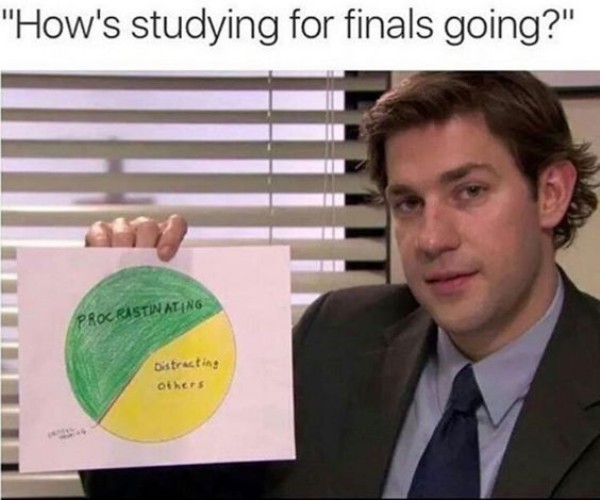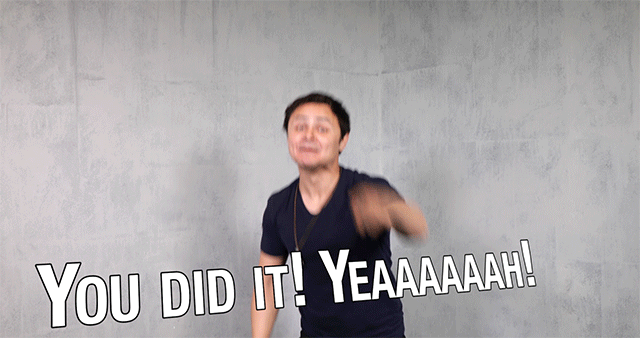Have you ever encountered someone struggling to carry something? Did you lend that person help? Or you didn’t?
The bystander effect refers to the act of not helping or not having the courage to stand up and assist someone if they are needing help. This happens in a place where it is crowded or you are surrounded by a group of people.
You might be thinking that it is just normal to help someone if they need one. Like if you see a man accidentally tripped and dropped his paper bag full of orange and apples where they scattered along the way, of course, you will come near him and help him pick the fruits. Why? Because it is the most logical way of thinking if you happen to experience this circumstance. But the situation gets different if there are lots of eyes looking at you. Imagine the same situation again. A man tripped and dropped his newly bought fresh fruits but in a place full of people passing by a street. Would you help him?
The thing is there has been a lot of experiments about this bystander effect and they have proven that you are less likely to help someone if there are a lot of people around you. This is because you are torn between helping the man or waiting for someone to do what you are thinking of doing. This is called the diffusion of responsibility. Every person who’s witnessing the struggle of a man is not responsible for helping him but inside their head “someone should do it”. Until no one’s actually doing it.
Watch this if you want to learn more:





